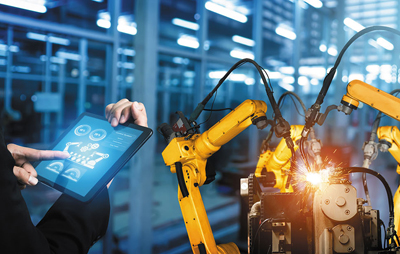
Staffing warehouses and distribution centers has been an especially difficult task in recent years, with historically low unemployment rates and growing wages fueling stiff competition for talented workers. Now, with COVID-19 and social distancing added to the mix, that task has become more challenging and complex than ever before, forcing many companies to embrace emerging technologies sooner than they had originally planned.
It certainly is true that the coronavirus-induced recession has put millions of Americans out of work, but to managers at most warehouses and distribution centers, the labor supply doesn’t seem particularly robust.
“There are many parts of the country where, despite the high unemployment rate, finding people who want to do warehouse work or distribution-center work is still a challenge,” said Ed Romaine, vice president of marketing and business development for MHI member Conveyco Technologies.
Romaine said the available labor supply includes millions of workers recently laid off from hard-hit sectors such as hotels and restaurants. They may take a warehouse job as a stopgap measure, but they’re likely to leave once those industries rebound. So, companies experiencing sustained growth can’t count on them as a long-term solution, he said.
To spend considerable time and resources recruiting and onboarding these workers, only to see them depart when the pandemic abates, amounts to a fool’s errand.
“They’re not trained to work in a warehouse, so you know that the moment they see opportunities elsewhere, they’re gone,” Romaine said.
John M. Hill, director of MHI member St. Onge, put it just as succinctly: “Finding skilled labor—labor that knows the difference between a warehouse and an outhouse—is going to continue to be a problem, with or without COVID.”
 MHI Solutions Improving Supply Chain Performance
MHI Solutions Improving Supply Chain Performance